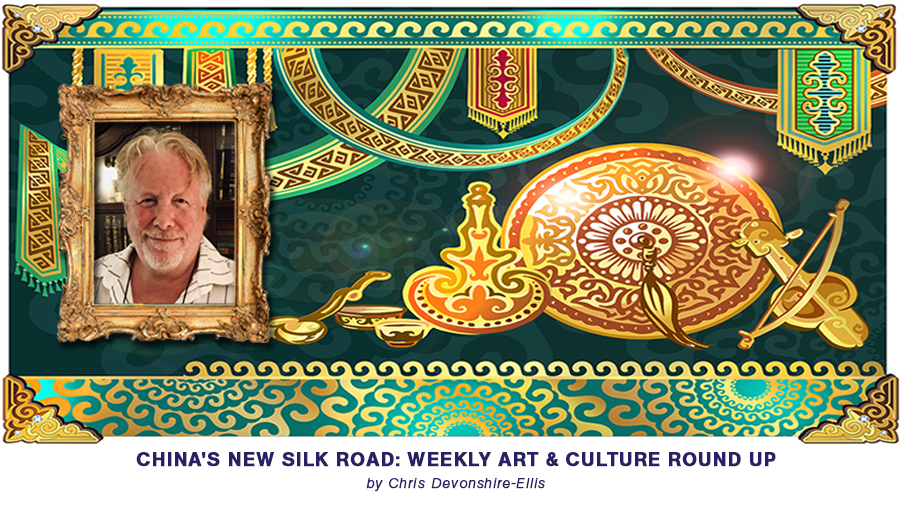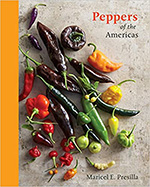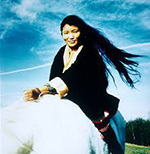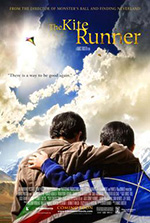China’s New Silk Road: Weekly Arts & Culture Round Up – June 12, 2020

 Riding The Iron Rooster
Riding The Iron Rooster
Paul Theroux, taking the Chinese proverb ”You can always fool a foreigner” as a personal challenge, rode a series of trains from one city to another all over China for an entire year in 1988. His most steady companion during that time was a humorless Chinese bureaucrat assigned to follow him around as a chaperon. Mr. Theroux stayed in lousy hotels, ate bad food, saw lots of disgusting things and nearly got killed by an incompetent driver. He ended his journey in Tibet, where, as almost everyone knows, the Tibetans hate the Chinese and the Chinese hate the Tibetans. Not surprisingly, he had a rough year.
”Riding the Iron Rooster” is Mr. Theroux’s account of a journey that would drive most people insane. Traveling in China (which is different from living in China) for even a week can be exhausting; how he managed to do it for a year is beyond my comprehension. As one has come to expect of him, Mr. Theroux never wastes a word when re-creating his adventures. He is in top form as he describes the barren deserts of Inner Mongolia and Xinjiang, the ice forests of Manchuria and the dry hills of Tibet. He captures their otherworldly, haunting appearances perfectly. He is also right on target when he talks about the ugliness of China’s poorly planned, hastily built cities.
But his book is mainly about Chinese people, and it appears that Mr. Theroux didn’t like them much. He’s entitled to his opinion, of course, but he goes overboard trying to convince his readers that the majority of the Chinese are contemptible or foolish. Here are a few quotations; see what you think.
”Everyone [ at the train station in Baoji ] hawked, everyone spat, sometimes dribbling, sometimes in a trajectory that ran like candlewax down the side of a spittoon. . . . They walked scuffingly, sort of skating, with their arms flapping, with narrow jogging shoulders, or else hustling puppetlike, with their limbs jerking. They minced, they plodded, they pushed, keeping their hands out – straight-arming their way -and their heads down. They could look entirely graceless -unexpected in Chinese.”
”I hated sight-seeing in China. I felt the Chinese hid behind their rebuilt ruins so that no one could look closely at their lives.”
‘Mr. Tian (a student assigned to accompany Mr. Theroux for three days) shrugged, shook my hand, and without another word walked off. It was the Chinese farewell: there was no lingering, no swapping of addresses, no reminiscence, nothing sentimental. At the moment of parting they turned their backs, because you ceased to matter and because they had so much else to worry about.”
”It is a Tibetan belief that all Tibetans are descended from a sexually insatiable ogress who had six children after copulating with a submissive monkey. It is just a pretty tale, of course; but looking at this (Tibetan) man it was easy to see how the myth might have originated.”
”The Hong Kongers (that Mr. Theroux met in China) were either overweight or else stylishly skinny. They yelled a lot and wore brand-new clothes and trendy eyeglasses. They fancied themselves up-to-date, and they believed in the myth of their modernity. They were often all elbows, very impatient and demanding. They fussed over each other, they were philistines.”
”It seemed to me that the Chinese, who had no choice but to live the dullest lives and perform the most boring jobs imaginable – doing the same monotonous Chinese two-step from the cradle to the grave – were never happier than when on a railway journey.” While Theroux may be unkind at times, the book is still a snapshot of a China that even today is never far beneath the surface. It also remains the most brutally honest travel book written about China – 30 years on. From Amazon here
 Peppers Of The Americas
Peppers Of The Americas
The Chili Pepper is a ubiquitous fruit that singlehandedly changed the way, and what we eat since it was introduced to Asia some 450 years ago. From piquillos and shishitos to padrons and poblanos, the popularity of culinary peppers (and pepper-based condiments, such as Sriracha and the Korean condiment gochujang) continue to grow as more consumers try new varieties and discover the known health benefits of Capsicum, the genus to which all peppers belong. This stunning visual reference to peppers now seen on menus, in markets, and beyond, showcases nearly 200 varieties (with physical description, tasting notes, uses for cooks, and beautiful botanical portraits for each). Following the cook’s gallery of varieties, more than 40 on-trend Latin recipes for spice blends, salsas, sauces, salads, vegetables, soups, and main dishes highlight the big flavors and taste-enhancing capabilities of peppers. From Amazon here
 Yungchen Lhamo: Tibetan Sensitivities Meet New Age
Yungchen Lhamo: Tibetan Sensitivities Meet New Age
This album from Tibet’s most extraordinary voice, produced by Hector Zazou, frames Yungchen Lhamo’s stunning songs of freedom and beauty out of sorrow with delicately ambient instrumentation, a departure from her earlier acappella recordings. Yungchen Lhamo left Tibet – on foot across the Himalayas with her child in her arms – to the Dalai Lama’s exile community in Dharamsala, India. Today, based in New York City, she continues to sing on Tibetan themes.
From the album “Coming Home” available here
 Afghanistan Explained: The Kite Runner
Afghanistan Explained: The Kite Runner
The Kite Runner is the first novel by Afghan-American author Khaled Hosseini, and tells the story of Amir, a young boy from the Wazir Akbar Khan district of Kabul, whose closest friend is Hassan. The story is set against a backdrop of tumultuous events, from the fall of Afghanistan’s monarchy, the Soviet invasion, the exodus of refugees to Pakistan and the United States, and the rise of the Taliban regime.
Hosseini has commented that he considers The Kite Runner to be a father–son relationship story, emphasizing the familial aspects of the narrative, an element that he continued to use in his later works.Themes of guilt and redemption feature prominently in the novel, with a pivotal scene depicting an act of sexual assault that happens against Hassan that Amir fails to prevent. The situation as a whole was the main reason why Amir and Hassan’s friendship ended. The latter half of the book centers on Amir’s attempts to atone for this transgression by rescuing Hassan’s son two decades later.
The Kite Runner became a bestseller after being printed in paperback and was popularized in book clubs. It was a number one New York Times bestseller for over two years, with over seven million copies sold in the United States alone. Reviews were generally positive, though parts of the plot drew significant controversy in Afghanistan. A number of adaptations were created following publication, including a 2007 film, which due to the situation in Kabul was actually shot in the Western Chinese city of Kashgar. Made on a budget of $20 million, the film earned $73.2 million worldwide, receiving generally positive reviews from critics, and was nominated for the Golden Globes for best Foreign language film, while the film’s score was nominated for Best Original Score at the the Academy Awards.
 Chris’s Colonial Cocktails The Samui Sangria
Chris’s Colonial Cocktails The Samui Sangria
Sangria, the quintessential Spanish beverage with the wine base and strong fruity flavor, becomes a Samui Sangria with the addition of Thailand’s Mekhong Whiskey. Use a bottle of red wine and flavour with a mixture of (preferably fresh) orange, mango and other fruit juices as you fancy, add cinnamon syrup and a quarter bottle of Mekhong, which already has a subtly spicy flavor. Serve chilled in long glasses with plenty of ice and fruit. Sawadee!
About Us
Silk Road Briefing is published by Dezan Shira & Associates. Chris Devonshire-Ellis is the practice Chairman. Please contact Chris at silkroad@dezshira.com or through his Linked In account, or visit the firm at www.dezshira.com





